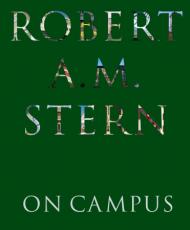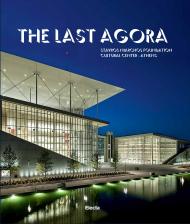A celebration of the opening of the new Museum of Fine Arts, Lausanne, Switzerland, exploring the creation of one of Europe's foremost art centers.
October 2019 marks a milestone for the Museum of Fine Arts, Lausanne, Switzerland, with its long-awaited reopening in a new site: a striking contemporary building from the award-winning Italian and Catalan architects Barozzi Veiga. An art center within the heart of one of Switzerland's most beautiful cities, this space will house the museum's prestigious collection of over 11,000 works, from eighteenth-century pieces to contemporary art.
Edited and authored by the well-known architecture expert Philip Jodidio, this book is dedicated to the ambitious project of rehousing a collection that was begun in 1841. With 150 photographs and drawings that illuminate an enormous undertaking, this volume provides a detailed insight into the different phases of design and construction, and the creation of an art complex that will later include museums of photography and design created by the Portuguese architects Aires Mateus.
About the Author:
Philip Jodidio is a specialist in modern architecture. As well as having held the post of editor-in-chief of the art magazine Connaissance des Arts for over twenty years, he is the author of over one hundred books on architecture and contemporary art.














